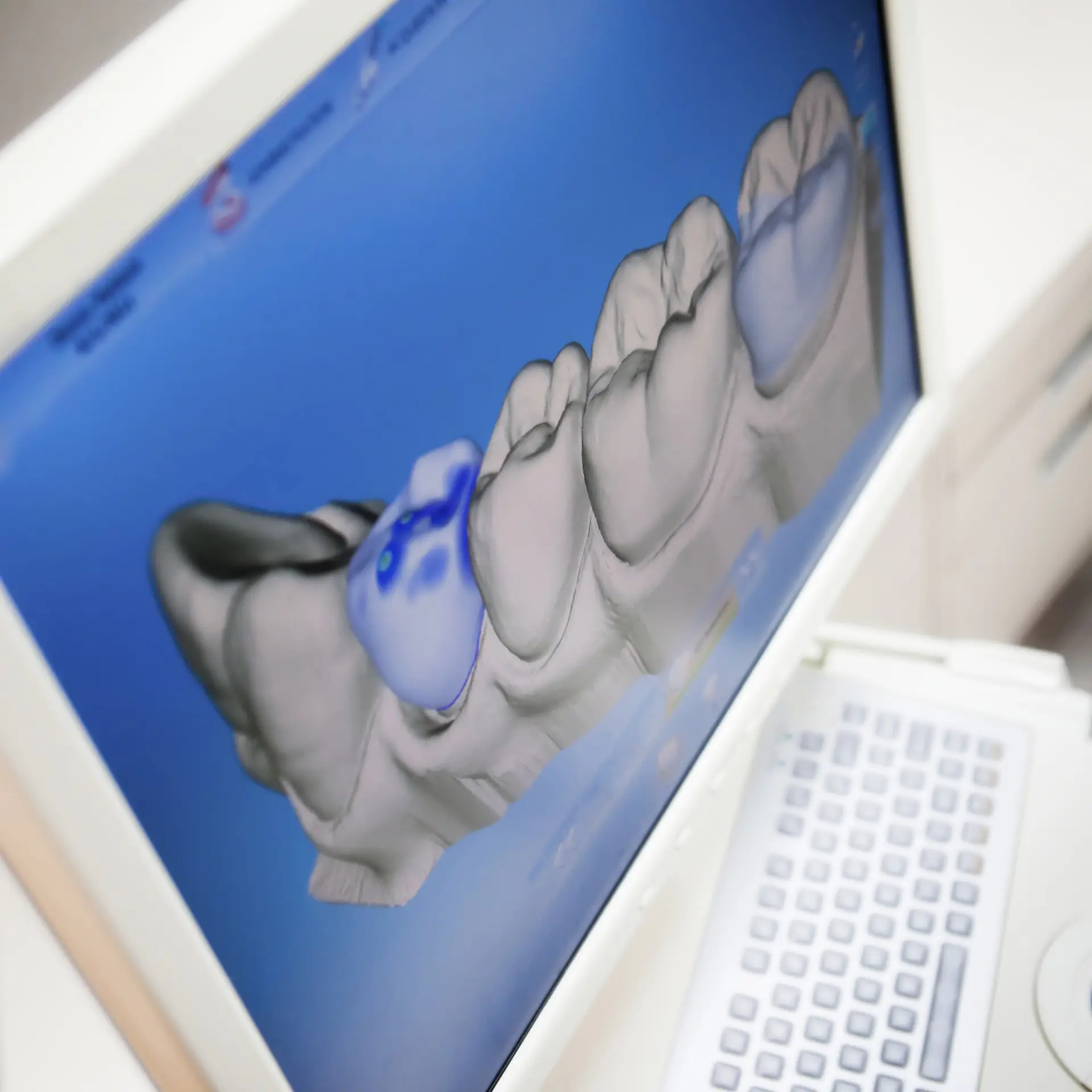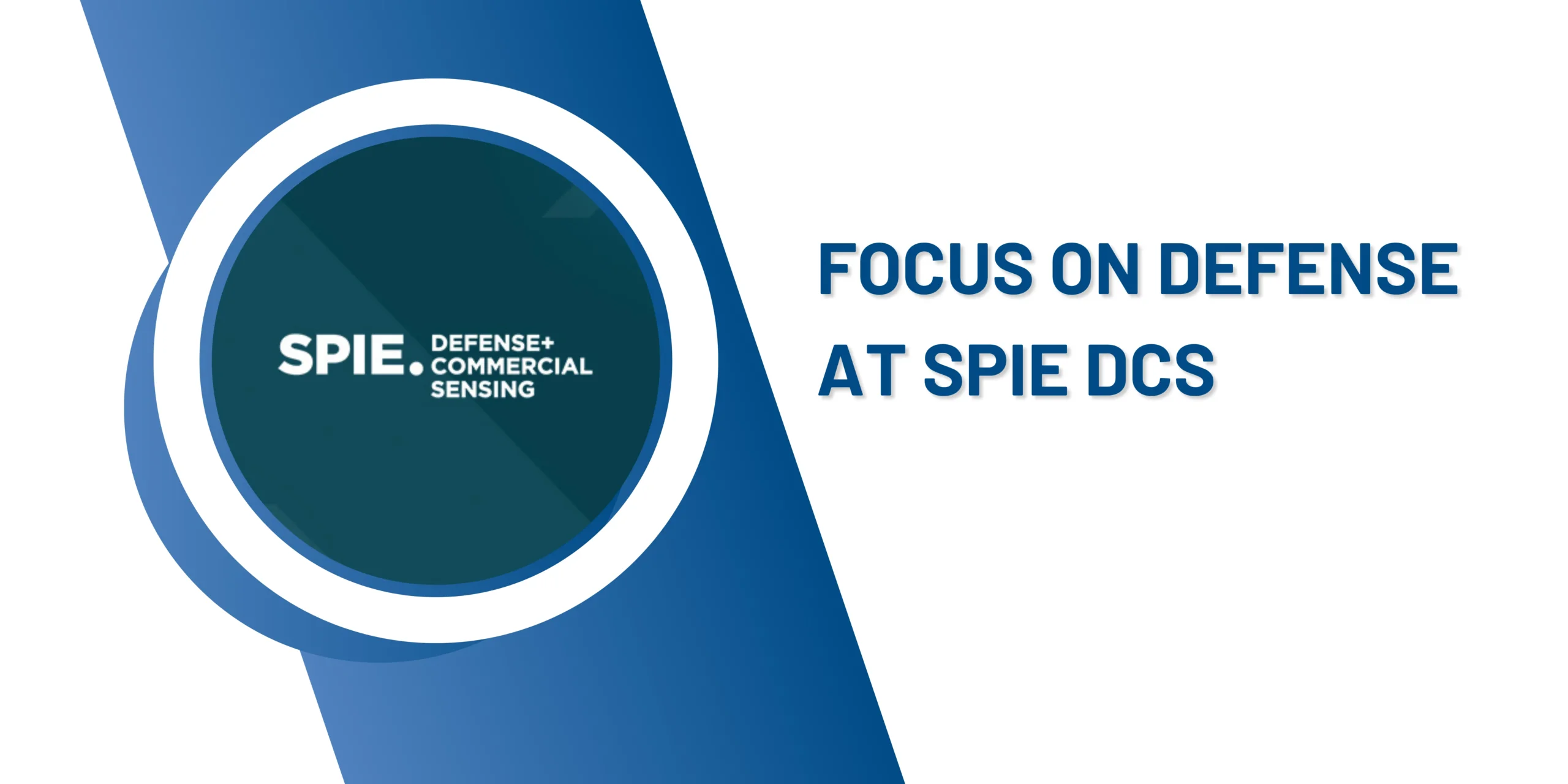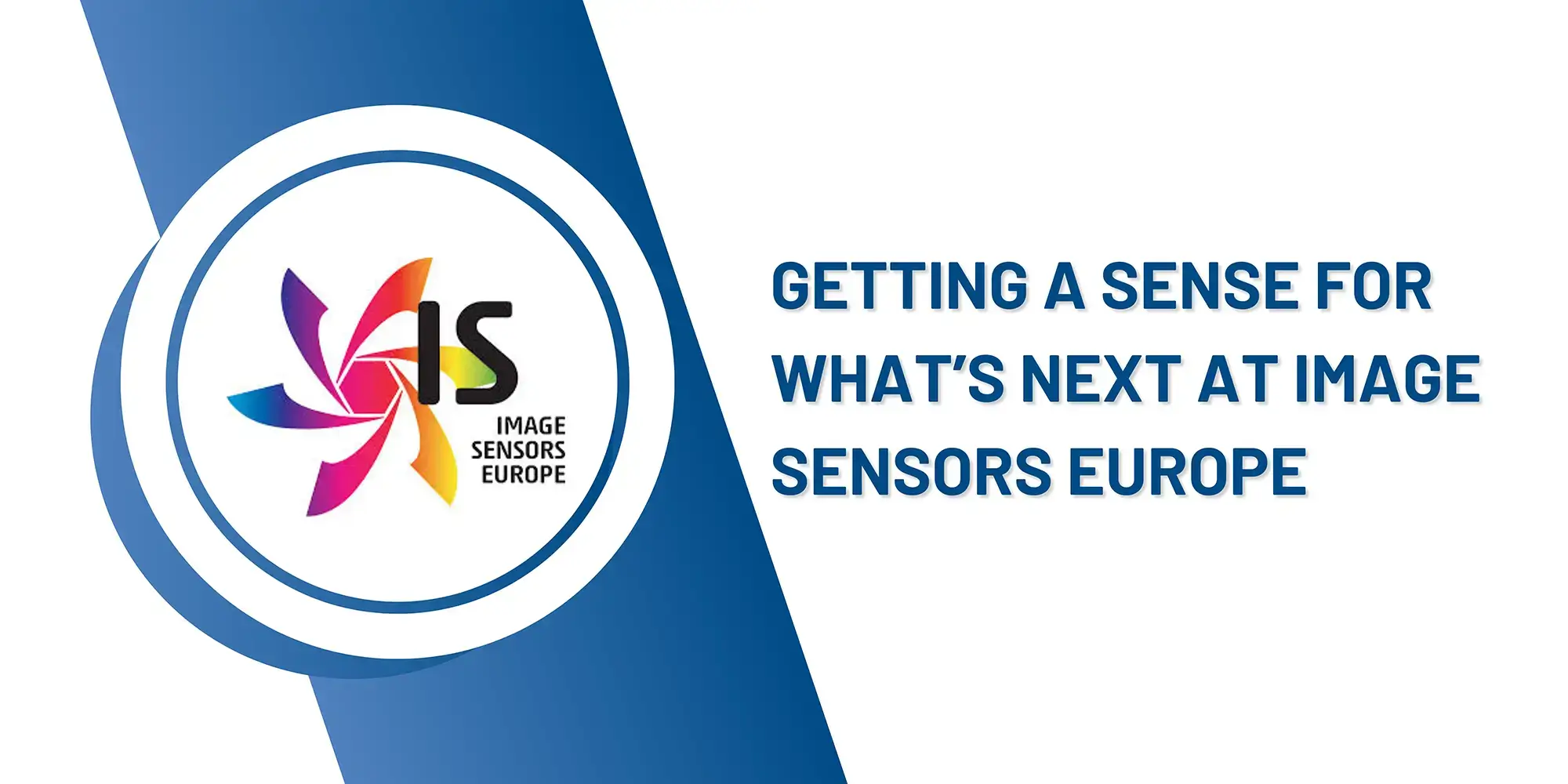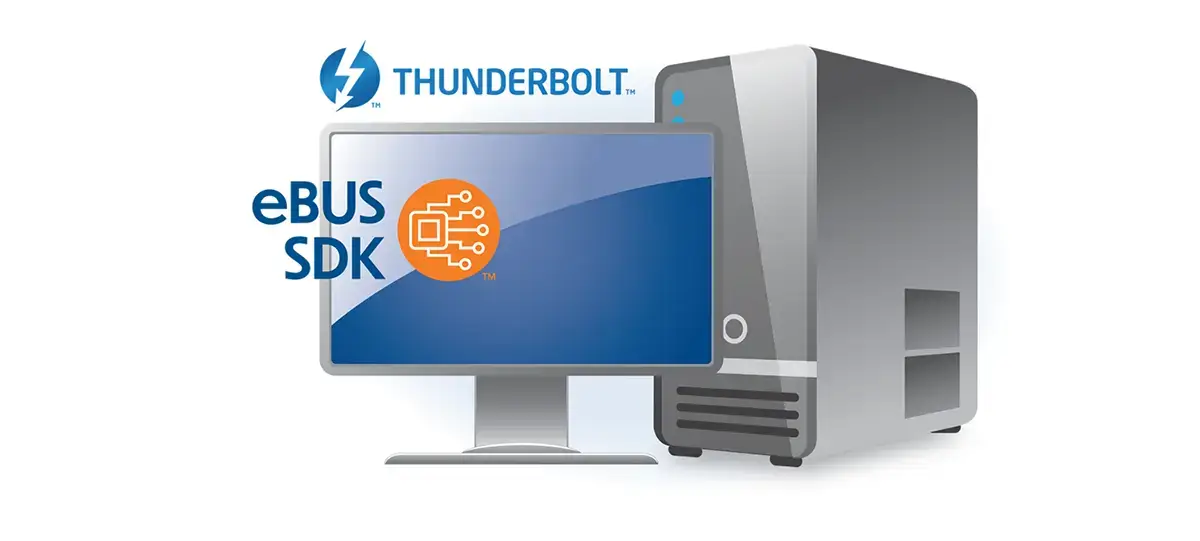In the wonderful realm of machine vision, 3D cameras are revolutionizing how the world perceives, analyzes, and interacts with the environment that surrounds them. These highly advanced imaging devices offer depth perception capabilities that go far beyond traditional 2D cameras, enabling precise measurements, object recognition, and immersive experiences.
Let’s touch upon some of the trends that are really moving the needle in this fast-moving and ever-changing landscape:
A very good point of departure is the integration of Time-of-Flight (ToF) technology. This technology has emerged as a game-changer in 3D imaging, offering fast and accurate depth sensing capabilities. Unlike traditional structured light or stereo vision techniques, ToF cameras measure the time it takes for light to travel back and forth from the object to the camera, allowing for real-time depth mapping with minimal latency. The integration of ToF technology into 3D cameras enhances their suitability for applications requiring rapid data acquisition and high-speed processing, such as robotics, autonomous vehicles, and quality inspection systems.
With the constant improvement of sensor technology and image processing algorithms, modern 3D cameras offer higher resolution and improved accuracy in depth sensing. Manufacturers are developing cameras with megapixel-level resolution and sub-millimeter depth precision, enabling finer details to be captured and analyzed in machine vision applications. These advancements are driving adoption in industries such as aerospace, automotive, and manufacturing, where precise measurements and defect detection are of paramount importance.
Next, and very excitingly, the synergy of 3D cameras with AI and machine learning techniques is unlocking new possibilities in machine vision, particularly in object recognition, tracking, and classification. By leveraging deep learning algorithms, 3D cameras can intelligently analyze depth data to identify objects, infer their spatial relationships, and make context-aware decisions in real-time. This fusion between 3D imaging and AI is driving innovation in autonomous systems, smart surveillance, and human-machine interaction, paving the way for more intelligent and adaptive machines.
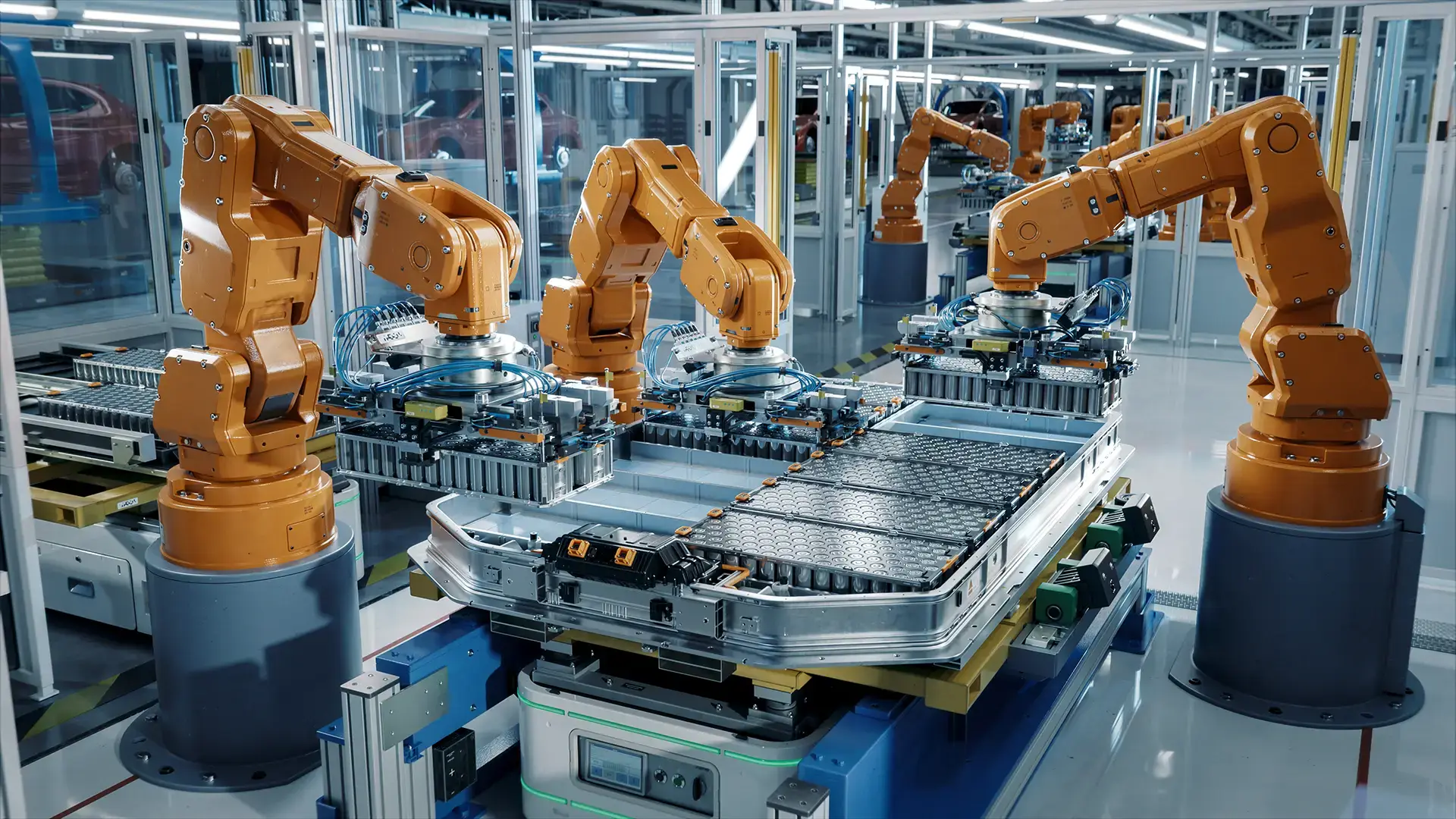
Light field cameras, also known as plenoptic cameras, capture not only the intensity of light but also its direction and angle, enabling the reconstruction of 3D scenes with unparalleled detail and accuracy. Recent advancements in light field imaging technology have led to the development of compact and affordable 3D cameras capable of capturing dynamic scenes with depth information at every pixel. These cameras are finding applications in fields such as augmented reality (AR), virtual reality (VR), and medical imaging, where precise depth perception is crucial for immersive experiences and diagnostic accuracy.
As Industry 4.0 initiatives gain momentum, the demand for 3D cameras in machine vision is skyrocketing across various sectors. From smart factories and warehouse automation to quality control and logistics, 3D cameras are playing crucial roles in optimizing processes, enhancing productivity, and ensuring product quality. These cameras enable robots to navigate complex environments, inspect components with precision, and adapt to changing production requirements, driving efficiency gains and cost savings for manufacturers.
Within the machine vision market, 3D cameras are being touted as the product type which will provide the strongest growth potential. This predicted progress is due to the rising implementation of robot guidance, defect detection and bin picking.
The development of 3D cameras is reshaping the landscape of machine vision, unlocking new possibilities for industries seeking to leverage depth perception for improved performance and innovation. From advanced depth sensing technologies like ToF and light field imaging to the integration of AI and machine learning, 3D cameras are driving unprecedented advancements in accuracy, speed, and intelligence.
As these trends continue to advance, we can expect 3D cameras to play an increasingly vital role in shaping the future of automation, robotics, and human-machine interaction across diverse applications and industries.
3D in machine vision is excitingly nascent and dynamic so do go out of your way to keep continually informed!
